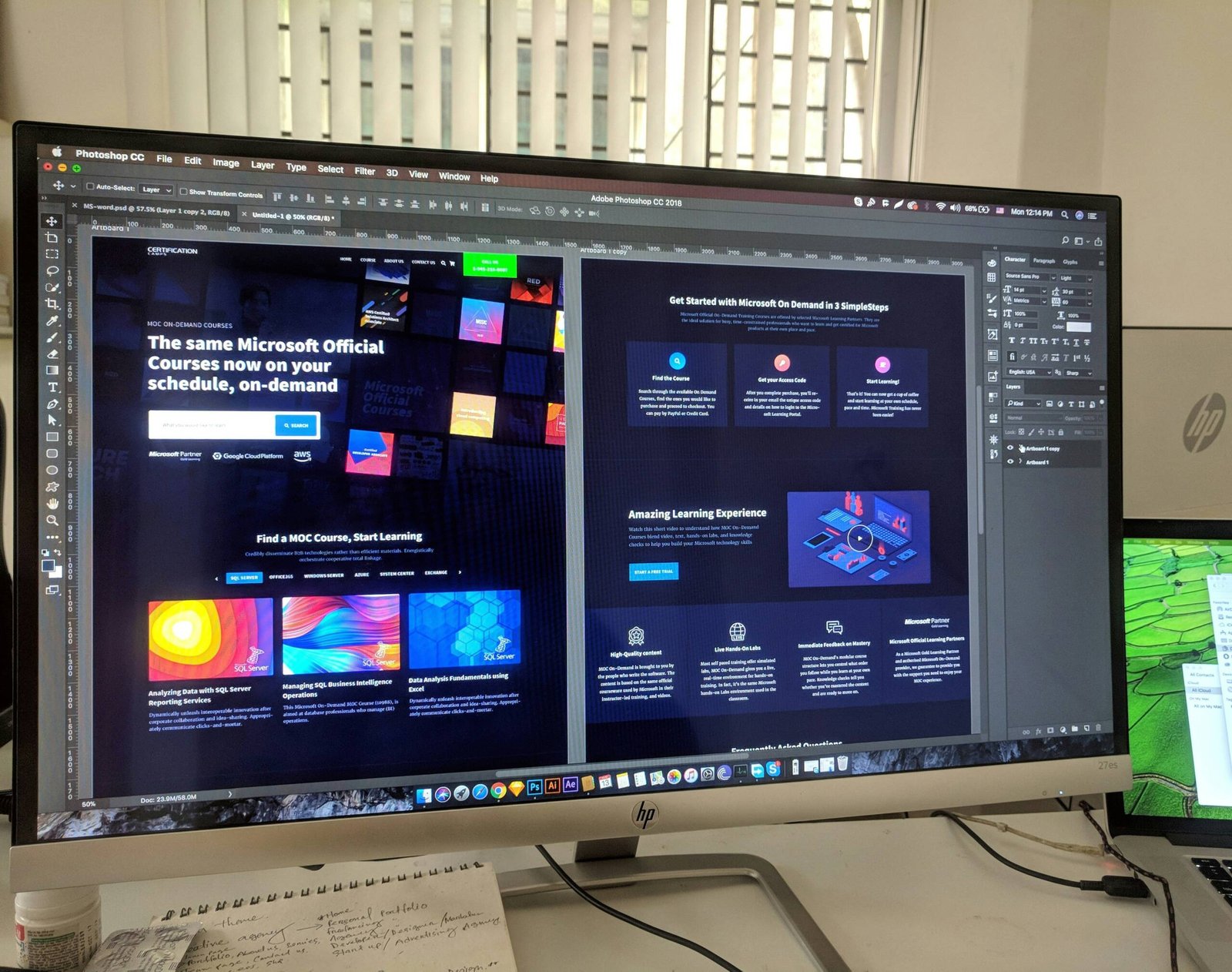
Choosing the Right Font for Your Website
When it comes to designing a website, one of the key elements that can greatly impact its overall appearance and user experience is the choice of font. The font you select can convey a certain tone, reflect your brand identity, and enhance readability. Here are some important factors to consider when choosing the right font for your website:
1. Consider the Purpose and Audience
Before selecting a font, it’s important to consider the purpose of your website and the target audience. Is your website for a professional business, a creative portfolio, or a personal blog? Understanding the purpose will help you determine whether you need a formal, elegant font or a more playful and casual one. Additionally, consider the age group, interests, and preferences of your target audience. This will ensure that the font you choose resonates with them and enhances their overall experience.
2. Focus on Readability
One of the most important aspects of choosing a font for your website is ensuring that it is highly readable. No matter how visually appealing a font may be, if it is difficult to read, it will negatively impact the user experience. Consider the size, spacing, and clarity of the font. Fonts that are too small or too tightly spaced can strain the eyes, while fonts that are too decorative or have complex letterforms can make it difficult to distinguish individual characters. Opt for fonts that are legible even at different sizes and on various devices.
3. Match the Font with Your Brand Identity
Your website is an extension of your brand, and the font you choose should align with your brand identity. If you already have an established brand, consider using a font that complements your existing logo and marketing materials. This will create a cohesive and consistent visual identity across all platforms. On the other hand, if you are starting from scratch, take the time to research and select a font that reflects the personality, values, and overall aesthetic of your brand.
Choosing the Right Colors for Your Website
Colors play a crucial role in web design as they can evoke emotions, convey messages, and create visual interest. Here are some tips to help you choose the right colors for your website:
1. Understand Color Psychology
Color psychology is the study of how colors can influence human behavior and emotions. Different colors have different meanings and can evoke specific feelings. For example, blue is often associated with trust and reliability, while red is associated with passion and energy. Consider the emotions and messages you want to convey through your website and choose colors accordingly. Additionally, be mindful of cultural connotations as colors can have different meanings in different cultures.
2. Use a Consistent Color Scheme
To create a visually appealing and cohesive website, it’s important to use a consistent color scheme. A color scheme is a set of colors that work well together and create harmony. There are various color schemes to choose from, such as monochromatic (different shades of a single color), complementary (opposite colors on the color wheel), and analogous (colors that are next to each other on the color wheel). Experiment with different color combinations and choose a scheme that aligns with your brand and the overall mood you want to create.
3. Consider Accessibility
Accessibility should be a top priority when selecting colors for your website. Ensure that there is enough contrast between the background color and the text color to make it easy to read, especially for users with visual impairments. Avoid using color combinations that may be difficult for color-blind individuals to differentiate. There are online tools available that can help you test the accessibility of your color choices.
Conclusion
Choosing the right font and colors for your website is a crucial step in creating a visually appealing and user-friendly online presence. Consider the purpose and audience of your website, focus on readability, match the font with your brand identity, understand color psychology, use a consistent color scheme, and prioritize accessibility. By taking these factors into account, you can create a website that not only looks great but also effectively communicates your message and engages your audience.


